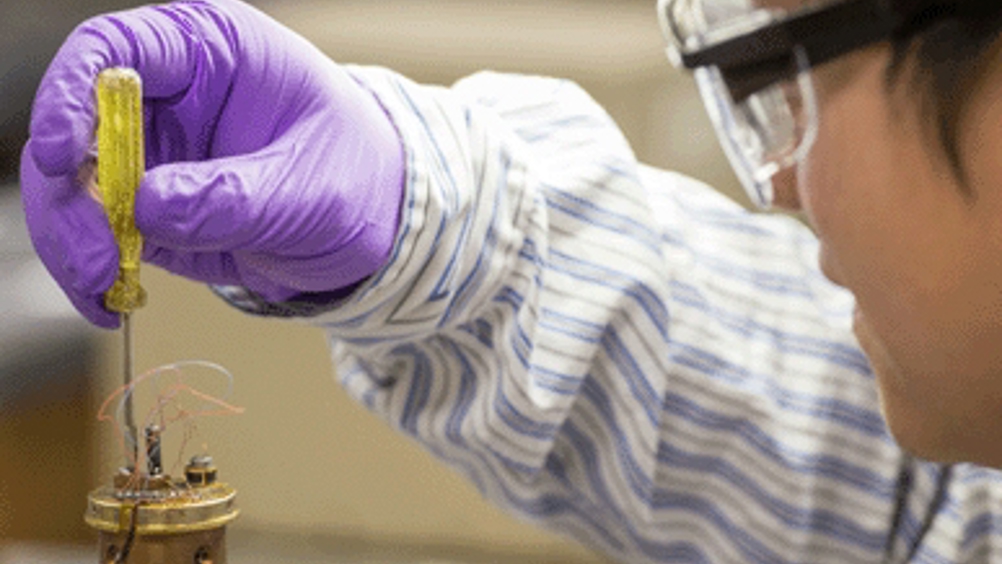Researchers develop new thermoelectric material
Michigan State University (MSU) researchers have developed a new thermoelectric material based on naturally occurring materials that don’t require complex or costly processing.

The researchers, led by Donald Morelli, a professor of chemical engineering and materials science, developed the material based on tetrahedrites.
‘What we’ve managed to do is synthesise some compounds that have the same composition as natural minerals,’ said Morelli. ‘The mineral family that they mimic is one of the most abundant minerals of this type on Earth — tetrahedrites.
‘By modifying its composition in a very small way, we produced highly efficient thermoelectric materials.’
Morelli said that while some new, more efficient materials have been discovered as of late, many are not suitable for large-scale applications because they are derived from rare or sometimes toxic elements, or the synthesis procedures are complex and costly.
‘Typically you’d mine minerals, purify them into individual elements and then recombine those elements into new compounds that you anticipate will have good thermoelectric properties,’ he said. ‘But that process costs a lot of money and takes a lot of time. Our method bypasses much of that.’
Register now to continue reading
Thanks for visiting The Engineer. You’ve now reached your monthly limit of news stories. Register for free to unlock unlimited access to all of our news coverage, as well as premium content including opinion, in-depth features and special reports.
Benefits of registering
-
In-depth insights and coverage of key emerging trends
-
Unrestricted access to special reports throughout the year
-
Daily technology news delivered straight to your inbox










Water Sector Talent Exodus Could Cripple The Sector
Well let´s do a little experiment. My last (10.4.25) half-yearly water/waste water bill from Severn Trent was £98.29. How much does not-for-profit Dŵr...